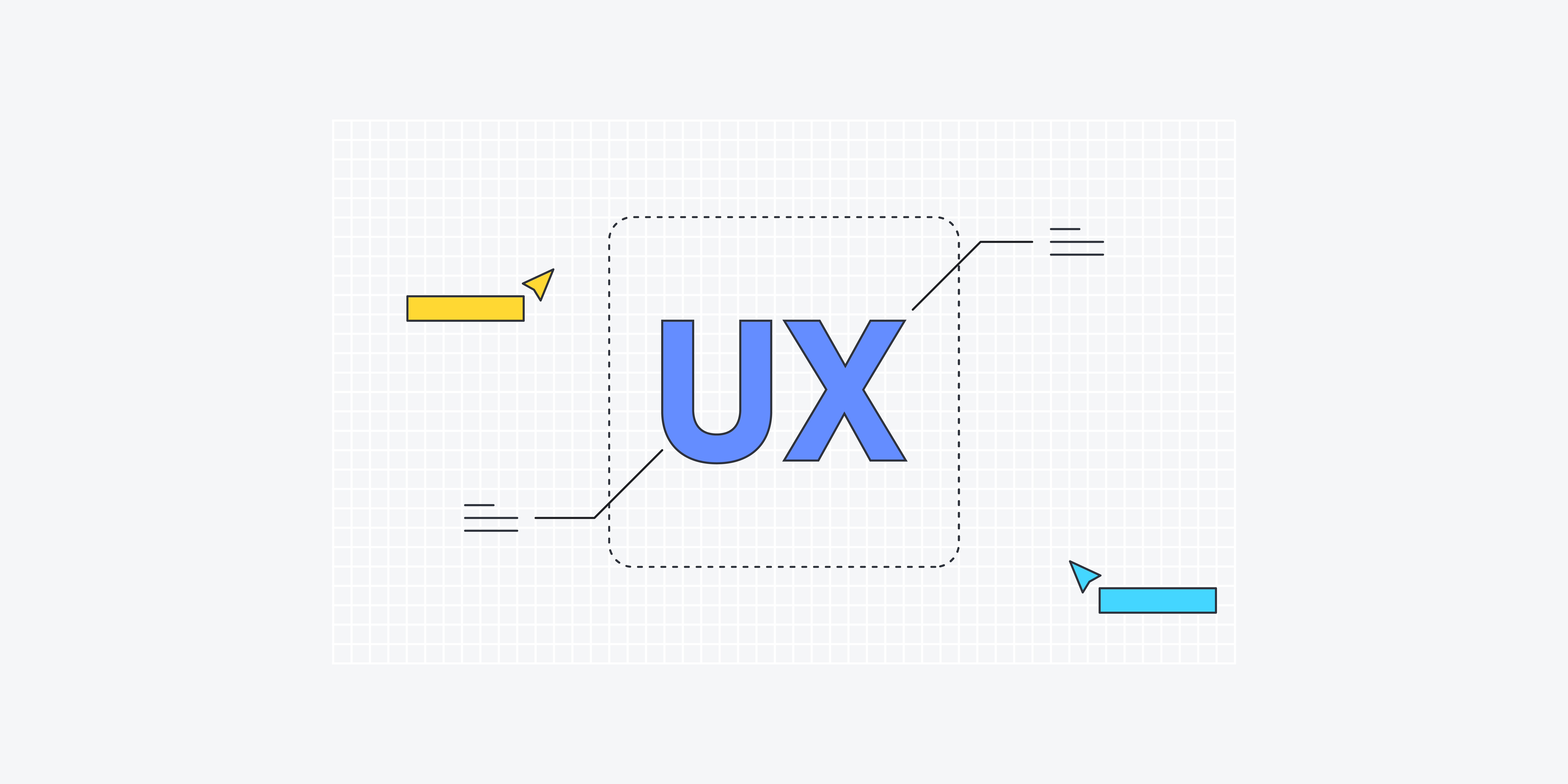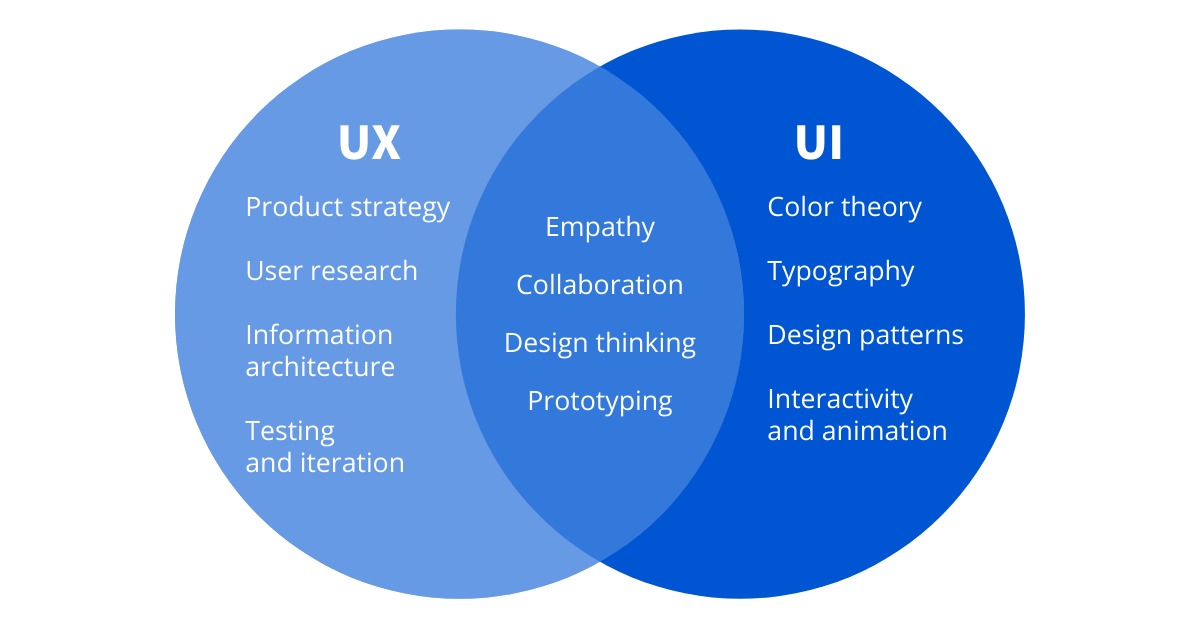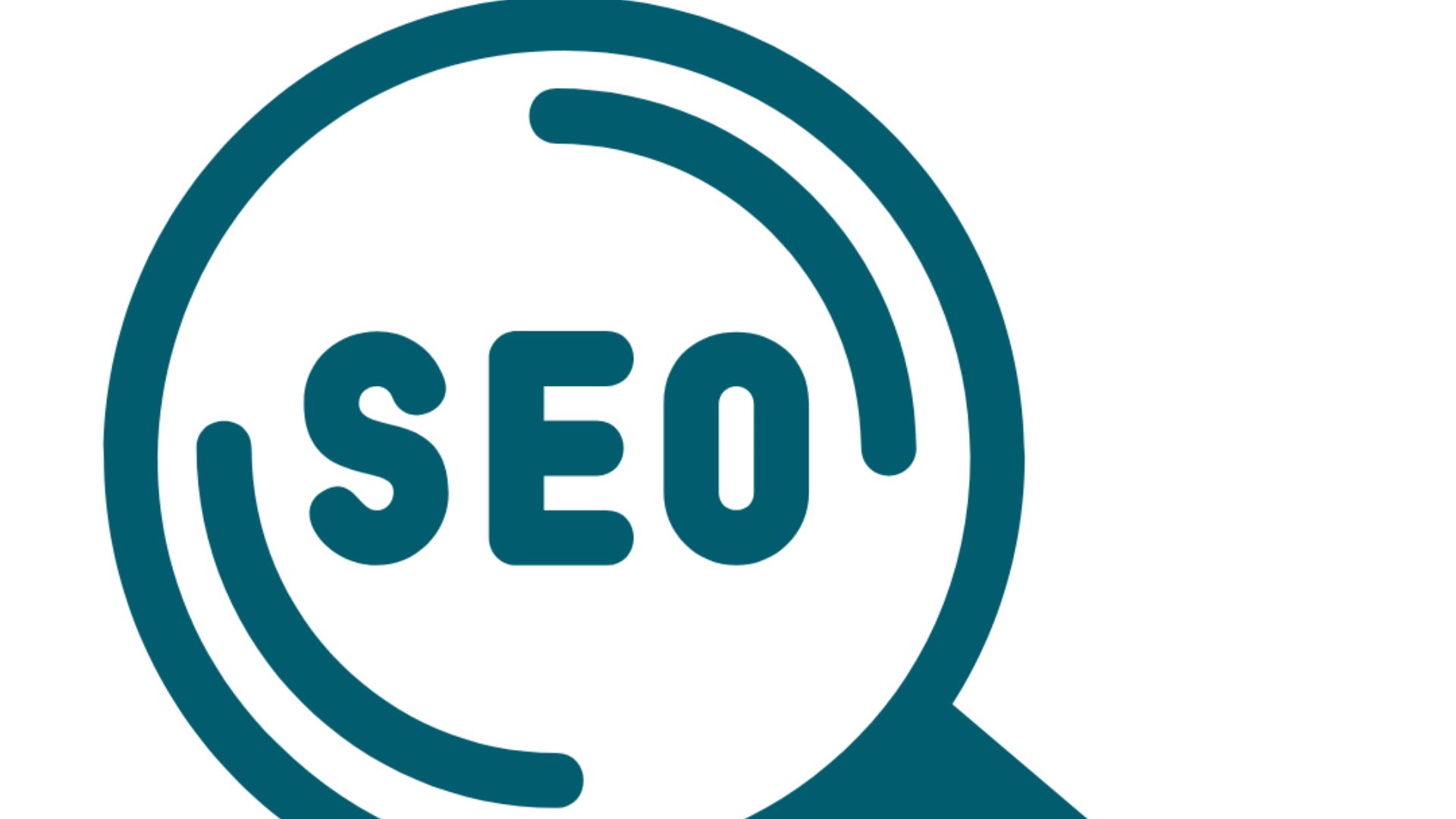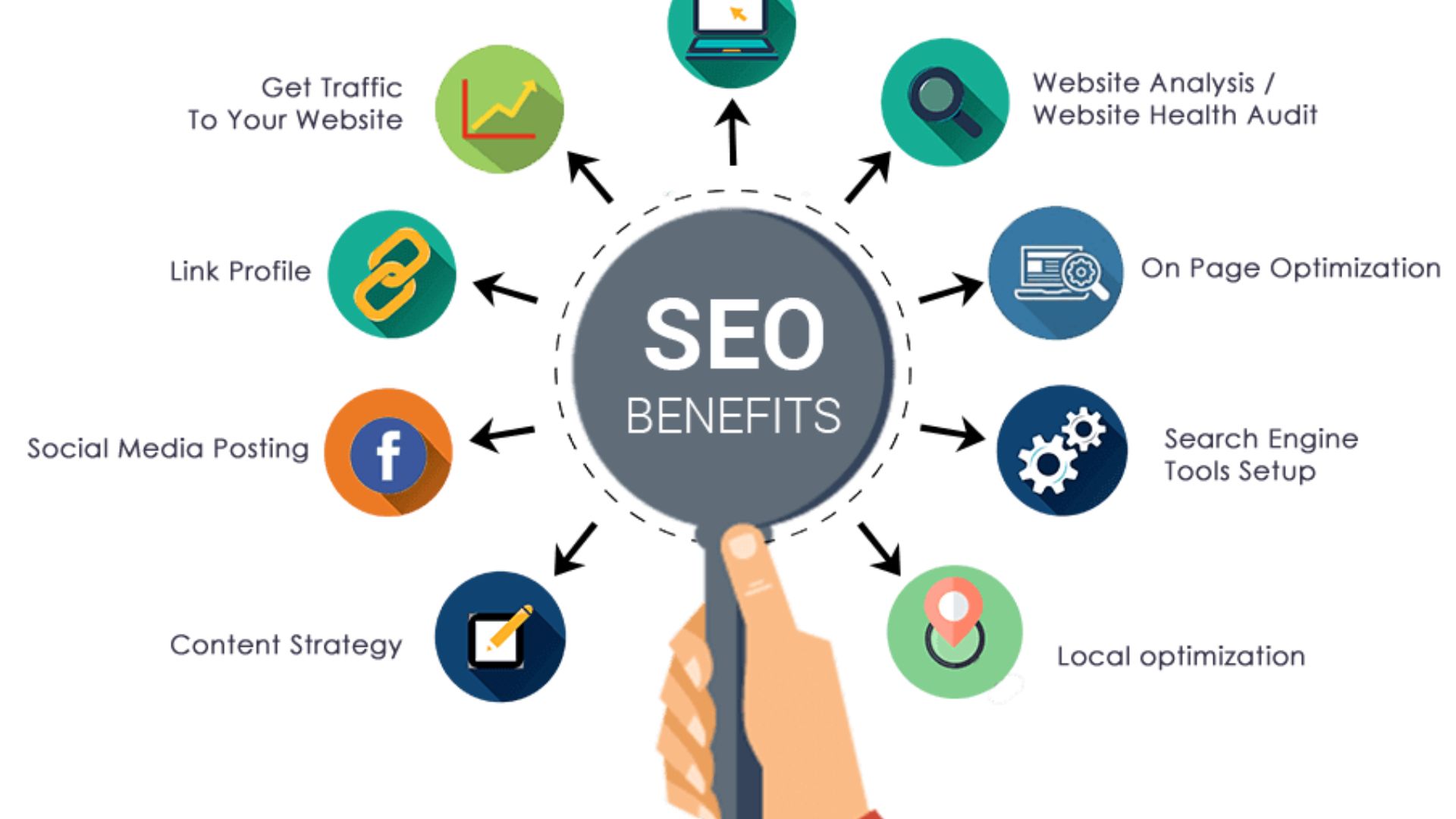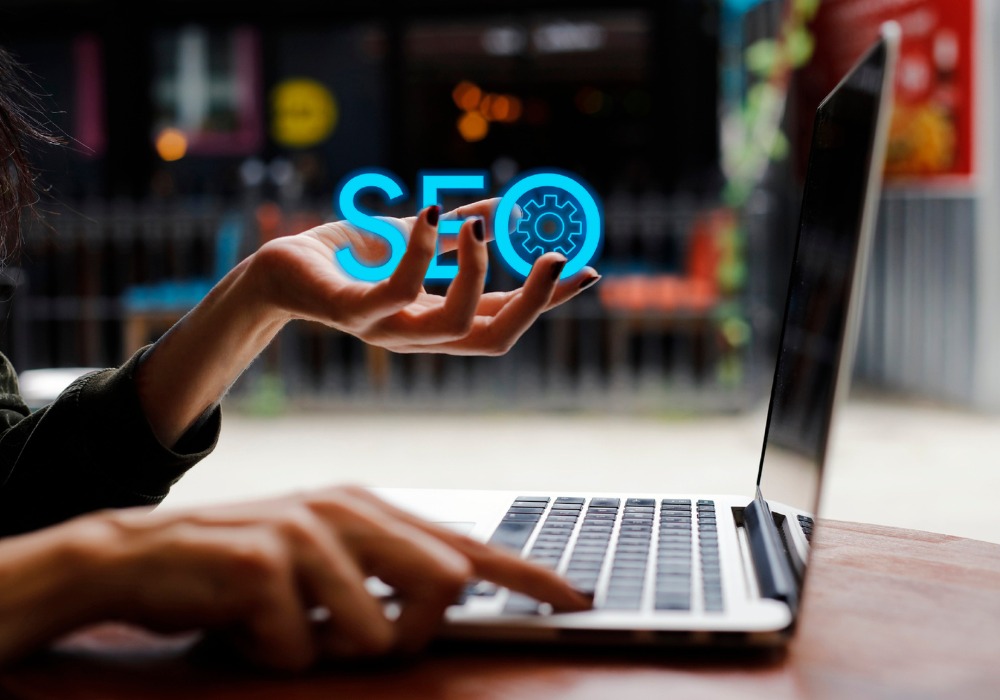
In the ever-evolving landscape of digital presence, the symbiotic relationship between User Experience (UX) design, website usability, and Search Engine Optimization (SEO) has become increasingly pivotal. As the online realm continues to expand, businesses and content creators are recognizing the profound impact that a seamless user experience can have on their search engine rankings.
This synergy between UX design and SEO is not merely a coincidence but rather a strategic imperative. These days, SEO is more than just terms and backlinks. Because Google cares a lot about what users want and how they feel, UI/UX design has become an essential part of optimizing websites. In this article, we will discuss the reasons why are UX design and website usability important for SEO.
What Is User Experience (UX)?
User Experience (UX) refers to the overall experience that a person has when interacting with a product, system, or service. What a person goes through when they use a website or other digital object is called their user experience (UX). It includes how the person feels, what they think, and what they do as they use a website or digital service.
- UX is a broad term that includes things like how easy something is to use, how nice it looks, how well it works with other things, and how satisfied the user is generally.
- It's all about figuring out how people use goods and making them fit their wants and needs.
- A good user experience is essential for getting and keeping people, getting them involved, and eventually reaching businessgoals.
- UX design includes doing research, making user profiles, wireframes, and prototypes, and making changes to the product all the time based on what users say.
- The goal of improving the user experience is to make the exchange smooth and fun so that the user has a good experience and wants to come back.
The Importance Of UX And Website Usability For SEO
User experience (UX) and website usability are crucial for search engine optimization (SEO) because they directly impact how visitors interact with a website and, therefore, its search engine ranking.
When users have a positive experience on a website, they tend to stay longer, explore more pages, and engage with the content, which sends signals to search engines that the website is valuable and relevant.
Google has placed increasing emphasis on UX in its search ranking factors, meaning that websites that offer a good user experience are more likely to rank higher in search results. Improving UX can significantly improve a website's visibility and ultimately drive more organic traffic.
Many of the practices to improve UX are also crucial components of a site’s on-page SEO, such as proper header usage, adding lists to content, optimizing images for faster loading times, and reducing “content fluff.”
Therefore, prioritizing UX and website usability is crucial for any website owner who wants to not only rank well in search engines but also keep visitors engaged and increase conversions.
How Does UX Impact SEO?
SEO and UX used to compete with each other. These two parts of digital marketingwork well together now that Google is focused on giving users the best experience possible.
The goal of both is to give people the best knowledge and experience possible. SEO gets people to your site, and UX gets those people to convert. It is an excellent way to remember how these two things work together.
It Helps People Find And Remain On Your Site
UX makes it easier for people to find your site. When people do research, a list of related results is made. When you prepare for SEO, your goal is to move your site up in the search results.
It's more likely that your site will rank higher in search results if it has a good UX. SEO brings people to your page, but UX keeps them there. UX lets you keep leads interested, which makes them stay on your page longer.
Google will like your page more if leads stay on it for a longer time. This lets Google know that your page is valuable and vital to the people who visit it. With this, Google will move your page up in the search results, which is good for your SEO.
It Helps Visitors Find The Info They Need
When people look at your site, they will find different pages. It's essential that people can find what they need on your site, whether they come in through the home page or a product page. When you think about UX, you help people find what they need.
People will find it easy to move around your site and find the information they need if the UX is good. Your leads will stay on your site longer and be more interested in your page.
Helps You Convert Traffic
As was already said, UX helps your visitors become customers. People will be more likely to interact with your brand if you give them a good experience. They will learn about and get to know your business.
People will choose your business over others when it's time to buy. They'll know your brand better, which will make them more likely to choose your business. This helps your business get more sales.
Ensures User Retention
People should visit a website more than once to get knowledge or to buy goods or services. In other words, SEO tactics help a website rank, but viewers will only come back if they like using it. As long as customers are happy with a digital or actual site, they will use it again.
If a popular website is fun to use, people will remember the domain name for the next time. However, if a website makes them unhappy, they will not revisit it when it comes up in the search results.
Aids Search Crawlers
For ranking web pages, search engines use their bots to find helpful information. After searching, the findings are sent to the following steps, which are classification and ranking.
If you use the best UX techniques on your website, it will have a clear framework and style. Headings, graphics, and tags are used to arrange the material carefully and adequately in an excellent visual structure. This helps search engine bots figure out how valuable and good a page is. The more likely it is that online pages will be searched and ranked, the better.
7 UX Factors That Will Impact SEO
Page Speed
The user experience is terrible, and the SEO is bad when websites take a long time to load. Google has shown that page speed affects your ranking, and you don't have to be a UX expert to know that pages that take a long time to load are very annoying for users.
What can you do to make your site load faster? There are a number of good habits you can adopt. Some have to do with design, like lazy loading, which means that some objects are only rendered once they're truly needed.
For example, images below the fold are only loaded when the user starts to move. Some, like optimizing pictures and minifying CSS, JavaScript, and HTML code, are more technical and might need the help of a coder.
Responsive Design
No matter what gadget they use to visit your website, people expect it to work smoothly. Even though responsive design isn't a proven ranking reason, Google strongly suggests it. Plus, it makes sure that the user experience is good and uniform on all devices.
Over 60% of website traffic comes from mobile devices, so flexible design should be one of the main things you think about when you build and improve your site. Follow these examples and best practices for flexible design if you're new to the idea.
Website Copy
Let Google know that when it sends people to your website, they can find what they are looking for. It will check how long they stay on your site, among other things. Copy is an integral part of user experience that will affect how long someone stays on your site and, by extension, your SEO.
Copy is one of the best ways to help people find the information they need on your website. Drivers use road signs to find their way. Website copy does the same thing for your users, but it does it without making them look or overthink. People will stay on your site longer and find what they're looking for more efficiently if your website copy is good. That's great for SEO.
Navigation And Layout
In the same way, the general style and structure of your website should make it as simple as possible for people to find their way around. Two things happen when you organize your site: first, it should give your users an easy way to find their way around, which is suitable for user experience. It gives search engines a picture of all the information on your site and how it all fits together, which is good for SEO.
When planning the layout and flow of your website, put the person first. When making paths, err on the side of simplicity and clarity so that they are easy for a person to follow and get around. The same goes for how each page is laid out.
Use tabs, headers, and calls to action to organize your information in a way that makes sense. You need to check the usefulness box if your website is easy for people to use. There will also be an SEO rise for you.
Ui Design
The last thing you should do is make sure that the UI design of your website looks good. Of course, Google doesn't judge how nice a website looks. People do, and they do it very fast.
There will be fewer people who stay on your website to see what's inside if it looks terrible. They will leave your site in search of one that looks better. For Google, this means you have a high bounce rate, which will hurt your ranking.
As a web designer, your job isn't done when you make your site look good. All of UI's rules and principles are meant to give users a consistent brand experience and make the trip that the UX designer planned easier. However, UX and UI are different. They work hand-in-hand, and you can't have one without the other.
Mobile-Friendliness
More and more people are using their phones to view information. No matter if the person is on a smartphone or a computer, your website needs to be able to change to their needs.
The experience on a phone is different from the experience on a computer. The screens are smaller, and most people who use them are on the go and need to find information. You need to make a site that works well on phones and loads quickly if you want to change to the mobile experience.
Many things, like your style, layout, text, and pictures, can make your site mobile-friendly. All of these should look good on a phone or tablet. Leads will stay on your site longer if it works well on mobile devices, which will help it rank higher.
Create User-Centered Content
Making material that is focused on the user is the key to a great user experience and good SEO. As a user advocate, you have to keep adapting material to meet the changing wants, circumstances, and locations of your users.
In the digital world, this method not only makes users happier but also fits with how search engines decide what is relevant, which affects results. It's an intelligent mix of understanding and optimization that makes sure material connects with people in a natural way while also meeting the needs of search engines that are constantly changing. User-centered material isn't just the right thing to do; it's also a crucial part of staying successful in the online world.
How Do User Engagement Metrics Influence SEO Rankings?
User engagement metrics wield a significant influence over Search Engine Optimization (SEO) rankings, acting as the digital barometer for a website's efficacy. Metrics such as bounce rate, time spent on a page, and click-through rate provide search engines with crucial signals about the relevance and quality of a site's content.
Low bounce rates and extended time spent on a page indicate user satisfaction and interest, factors that search algorithms interpret as indicators of valuable content. High click-through rates suggest that a website's content is compelling and aligned with user intent.
Search engines, notably Google, increasingly prioritize these user-centric metrics, using them to refine and adjust rankings. In essence, a website's SEO standing is intricately tied to how effectively it engages and satisfies its audience, emphasizing the importance of crafting content that resonates authentically with users.
Frequently Asked Questions
Why Is UX Design Crucial For SEO?
UX design influences user engagement metrics, such as bounce rates and time spent on a page, which are critical factors in search engine rankings.
How Does Website Usability Impact SEO?
User-friendly websites with easy navigation and quick load times enhance user satisfaction, contributing to higher SEO rankings.
Is There A Direct Connection Between UX And Search Engine Algorithms?
Yes, positive UX signals, like low bounce rates, are considered by search algorithms, influencing a site's ranking in search results.
Why Does Google Prioritize Mobile-Friendly UX?
With the rise of mobile users, Google rewards websites with responsive designs to ensure a consistent and positive user experience.
A Quick Recap
To understand why are UX design and website usability important for SEO, you must know that SEO is more than just keywords and backlinks these days; it's become a complicated dance between what people want and how they feel. As Google puts more stress on experiences that are focused on the user, UI/UX design becomes an integral part of improving websites.
UX affects SEO by keeping people interested, keeping users, and making sure scrolling is smooth. When you combine empathy with optimization, you not only improve your search results but also make users happier, which increases organic traffic and sales. When it comes to SEO and UX, putting user-centered content first isn't just the right thing to do; it's essential for long-term digital success.
